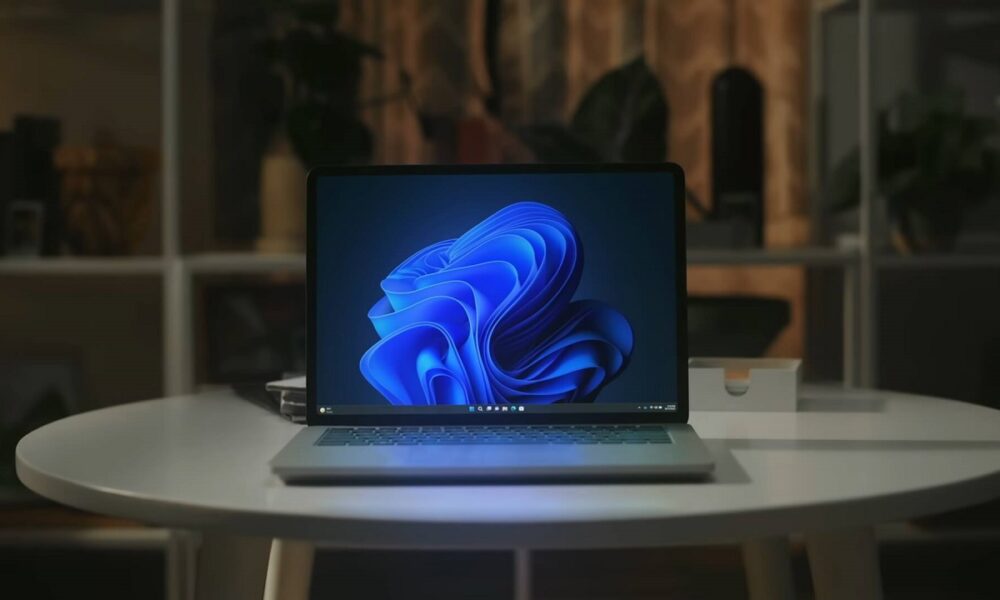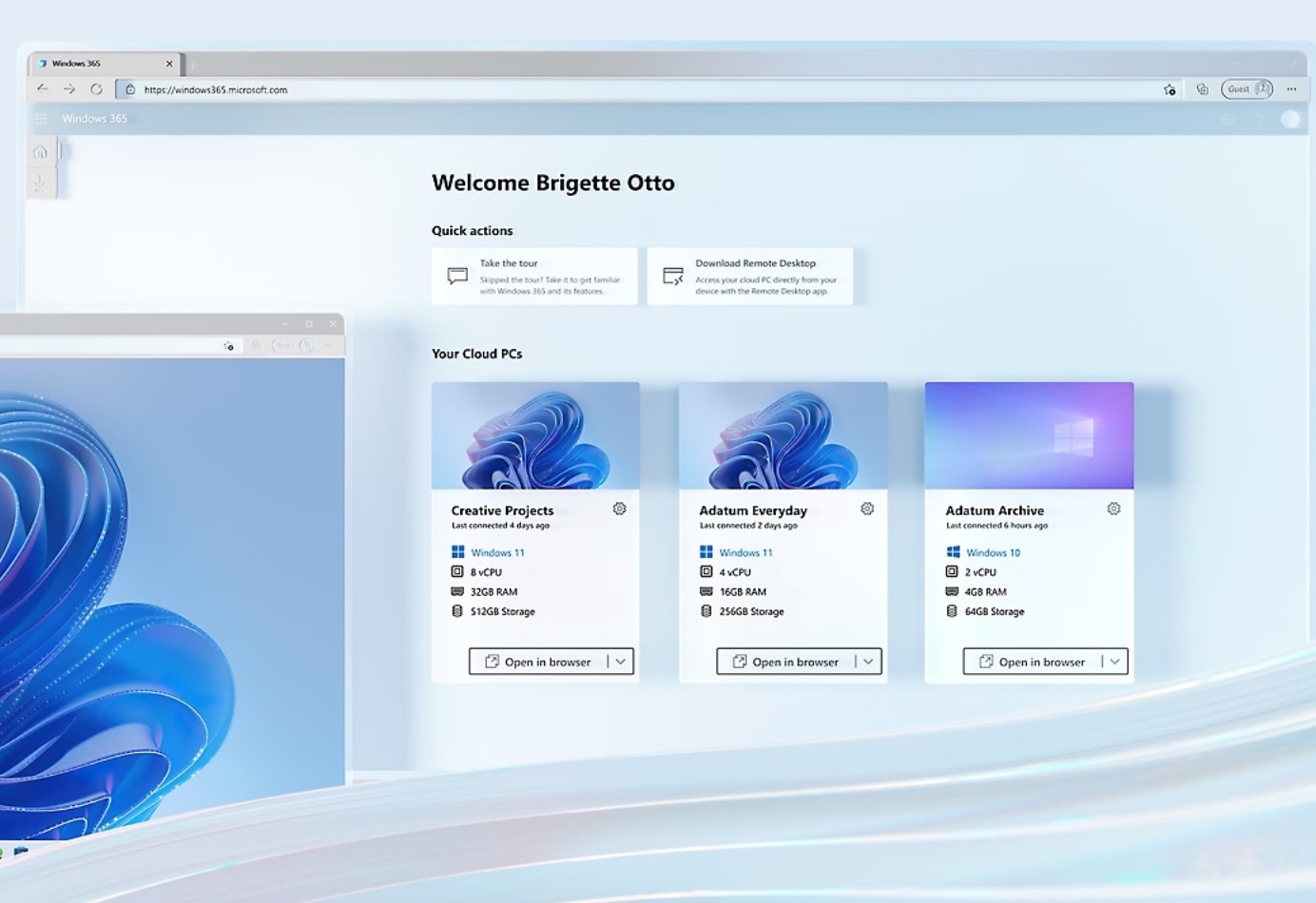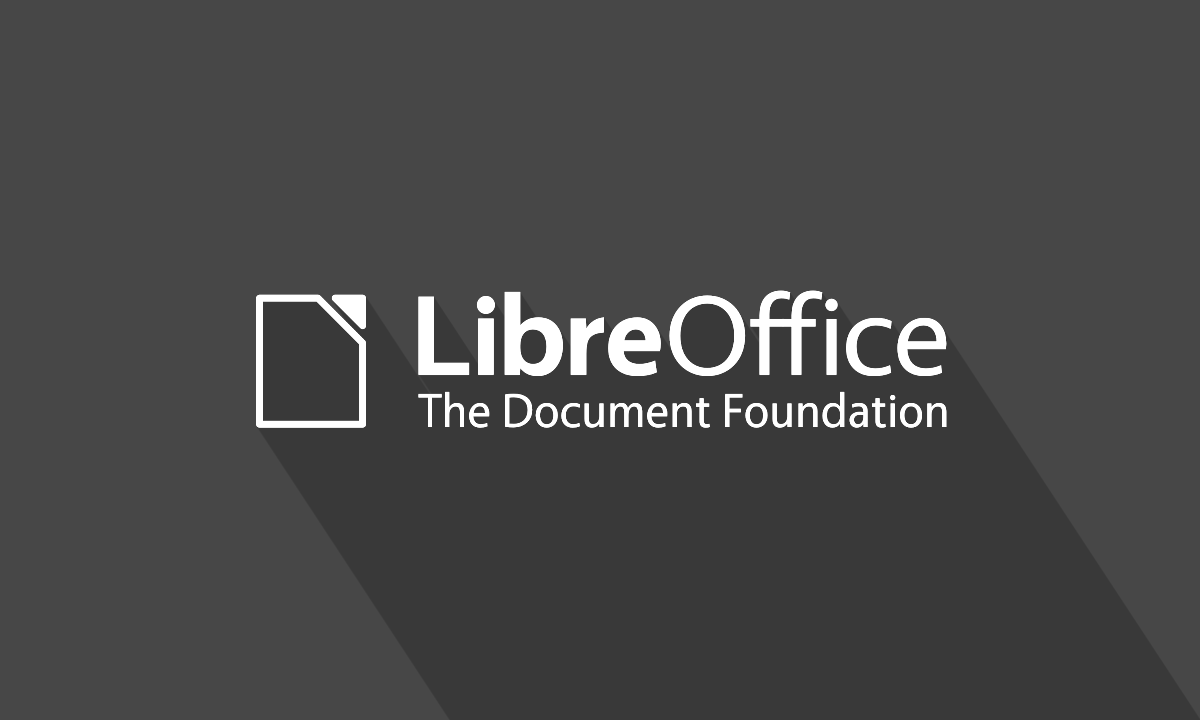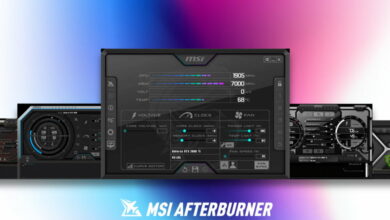
A job offer published by Microsoft confirms that the Redmond company wants to strengthen its commitment to low-cost PCs with Windows 11, and that to achieve this it is thinking of combine advertising and subscriptions. We do not have specific details beyond what has been said, but these two keys are enough for us to carry out an interesting analysis.
Low-cost PCs with Windows 11 must meet a series of minimum requirements to be able to accept said operating system. Those requirements are not low at all, since we are talking about 4 GB of RAM, a minimum of 64 GB of storage capacity and a processor that supports at least two physical cores. If we want to guarantee a good user experience, we must double those specifications.
Obvious to say that the more powerful a PC is, the more expensive it is, and that exceeding the requirements established by Windows 11 would entail significant costs that go against the very idea of developing low-cost PCs. To compensate, Microsoft would play those two wild cards that we have already mentioned at the beginning of the article, ads and subscriptions.
Resorting to advertising has no mystery, show more ads to users of low-cost PCs could become an important source of income for the Redmond giant, and could give it significant room to maneuver to reduce prices and market those equipment at a lower price.
To overcome the problem of Microsoft requirements could use subscriptions, and more specifically Windows 365, a service that allows us to virtualize a Windows 11 desktop with a specific amount of resources based on the rate we are willing to pay. Indeed, it is like having a PC in the cloud, and today we can find different options adapted to very specific user profiles, such as:
- Entry-level office and browsing PC: Dual-core vCPU, 4GB RAM, and 64GB storage.
- PC for more advanced use: Quad-core vCPU, 16 GB of RAM and 256 GB of storage.
- Professional PC: octa-core vCPU, 32 GB of RAM and 512 GB of storage.
With all of this on the table, it’s easy to get an idea of where Microsoft could go in shaping those new low-cost PCs. We could see teams with specifications below those necessary to move Windows 11, but with enough capacity to run a virtualized PC through Windows 365. This is where the subscription model would come into play, and to reduce costs and make the service more attractive to certain groups of consumers, the company could resort to advertising and show more ads to the user.




